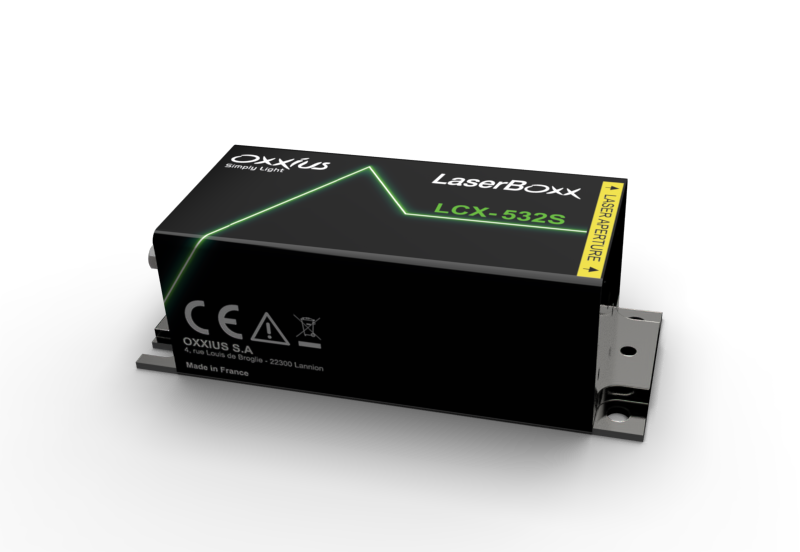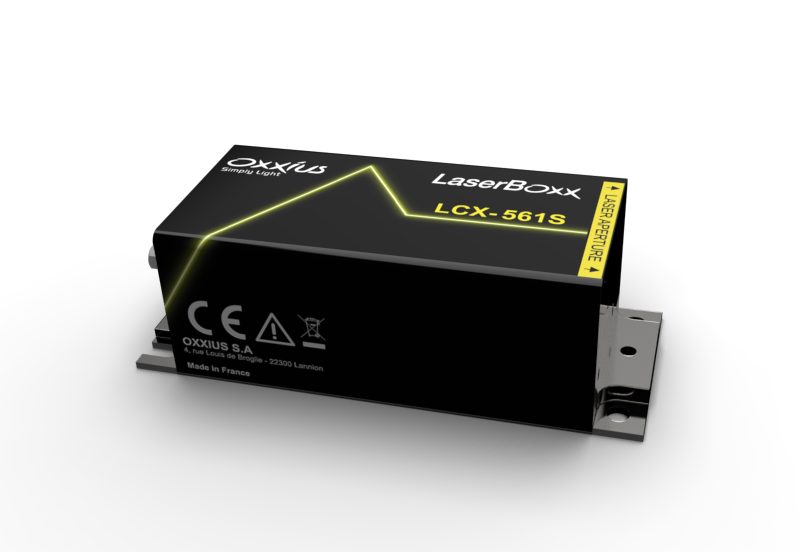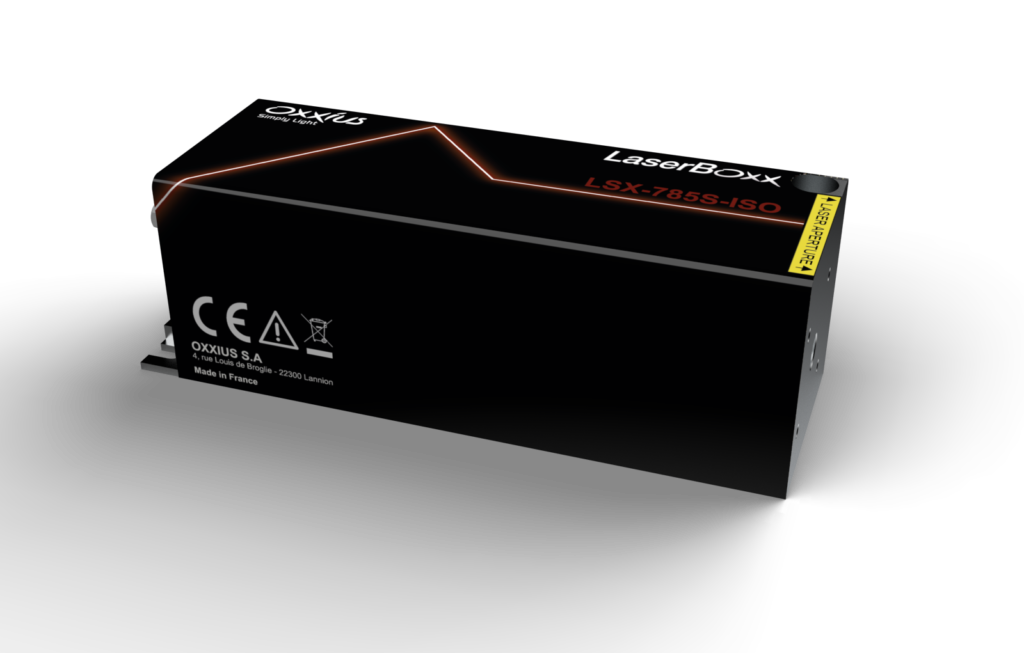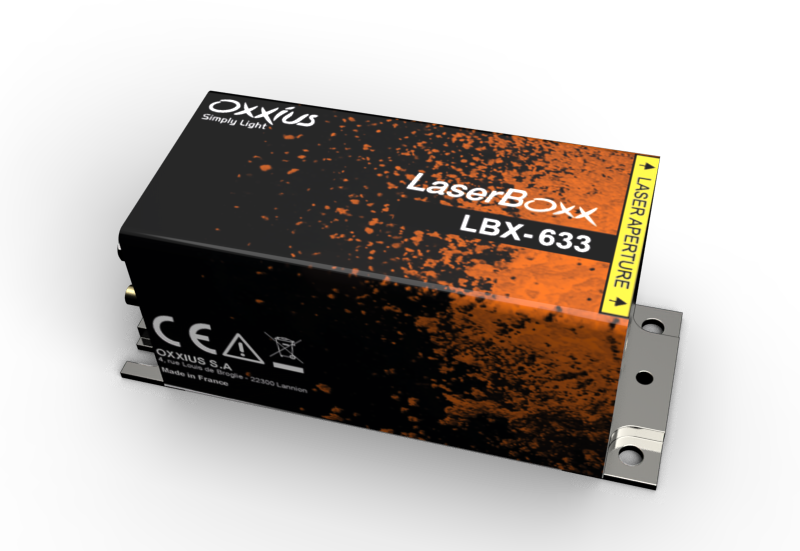Raman Spectroscopy
Raman spectroscopy is a spectroscopy technique used to observe vibrational, rotational, and other low-frequency modes in a system. It relies on illuminating a sample with a monochromatic laser beam usually in the visible, near infrared, or near ultraviolet range (typ. wavelength used 532 nm and 785 nm). The little spectral shifts in the scattered light that is caused by the interaction of the laser light with the sample. The weak light diffused by this Raman effect in wavelengths other than the incident beam is recorded and analyzed with very sensitive detectors.
The monolithic cavity technology developed and improved by Oxxius makes it possible to offer DPSS lasers suitable for Raman spectrometry. The ULF (ultra low frequency) option with a side mode suppression rate of 70 dB is available to give you the best resolution.
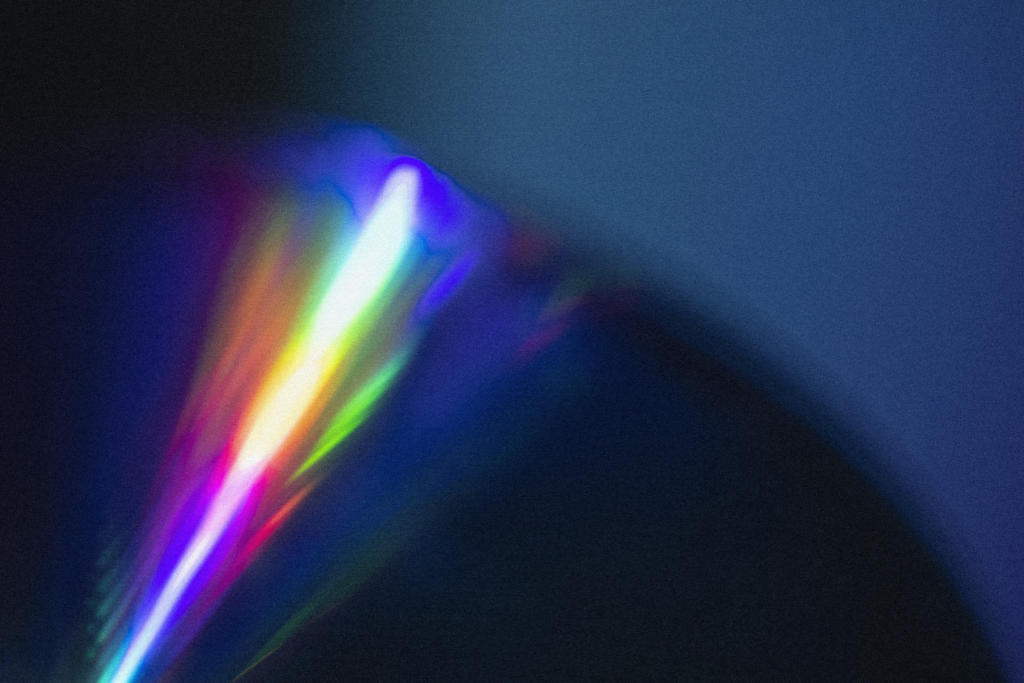
Lasers specifications:
- Monochromatic light
- Fine linewidth
- Wavelength stability (High SMSR)
- Power stability
- Coherence length
- Long lifetimes
- Easy to use, lower maintenance
Use case:
SERS (Surface-Enhanced Raman Spectroscopy)
Application note : Precision and stability in Raman spectroscopy with DPSS Lasers

